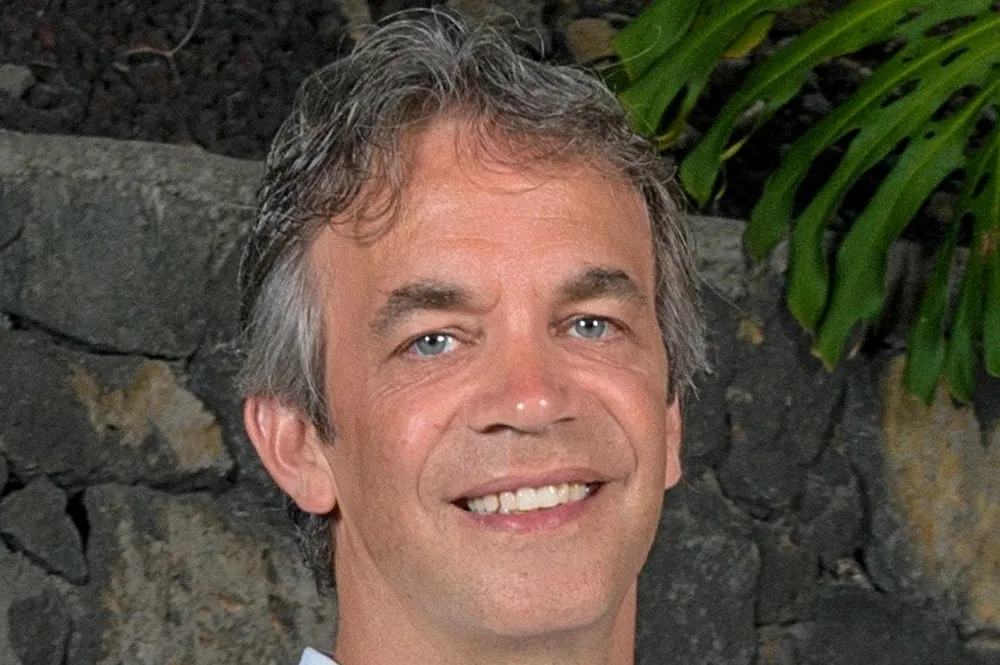Brazil needs finance options to get over 'the hump' and fulfil offshore wind potential: IFC's Whittaker
World Bank's offshore wind group leader thinks Brazil's policymakers will see the big picture in a country with huge potential

The research, carried out in collaboration with classification firm DNV, set out a path that could take Brazil's offshore wind capacity to 96GW by 2050, requiring total investments as high as $240bn.
A standout out theme in the study was the challenge that offshore wind developers will face bringing down a levelised cost of energy that will be about 50% higher than onshore wind and solar in the early days.
A rapid scaling up offshore wind was identified as the best way to achieve aggressive reductions in this LCoE.
Brazil’s onshore wind sector went through a similar process more than 20 years ago when it was nurtured by PROINFA, a concessionary financing programe led by the country’s national development bank (BNDES).
"PROINFA was a great programme that ultimately took Brazil from 22MW to over 26GW of installed onshore wind capacity, but it had to get over a hump to get there,” said Sean Whittaker, lead offshore wind specialist with the World Bank Group’s International Finance Corporation (IFC).
The 32GW ‘intermediate’ and 96GW ‘accelerated’ growth scenarios for Brazilian offshore wind put estimated capital and operating expenditure at $80bn and $240bn respectively.
Whittaker said he expects concessional financing to play “a huge role” in meeting this demand.
But the scale of this financing would dwarf that seen in the onshore wind sector, and Whittaker says he expects to see a more diverse mix this time around.
"If Brazil is going to undertake a large scale build out of offshore wind, the amount of money required is going to be beyond what BNDES can provide," he says.
"In our base case scenario, of 16GW by 2050, BNDES could carry on as normal... but in the other scenarios, it's a whole different ballgame. The BNDES will need to work with multilateral financial institutions and commercial banks to be able to get the scale that's required to make this a reality."
'Technology-specific and qualitative criteria'
The new Brazil report is intended provide the kind of scenarios that lead to informed choices, but it also referred to lessons that have been learned in other parts of the world where offshore wind's ramp-up has advanced.
Brazil currently holds power purchase auctions in its regulated market, but they are technology-neutral.
"I'd say there's a recognition that you are going to need some sort of a technology-specific auction for offshore wind to take account of the relatively higher prices over onshore wind and solar and other sources," Whittaker says.
For allocation of seabed, Whittaker says Brazil can learn from experiences such as those gained in New York's offshore auction in 2022.
"If you have price-only criteria you tend to get participation of only the bigger entities, and then you get this kind of race to the bottom with very large developers try to spend as much as they can to get the allocation.
"Ultimately, that results in a higher cost of power because the developers will want to reflect that in their prices," he says.
"Our position on this is to say that if you want to have the most competitive price and cost of power, you have to introduce non-price criteria into your auction mechanism and have some sort of a lower price or a capped price."
The World Bank study was the result of two years of collaboration between the World Bank and Brazil’s Mines & Energy Ministry and energy planning corporation (EPE).
Whittaker reckons the country’s energy planners are attuned to the benefits that offshore wind bring to the country’s energy mix, provided it is launched with a clear vision on growth.
A regulatory bill now in the Brazilian Congress has not defined an offtake mechanism yet, but Whittaker says Brazil's wind potential and its reputation for providing long-term stability for energy investors has already whipped up strong interest, with applications for environmental permitting covering 170GW of potential projects.
"The key starting point is providing that long term signal about where the country is going," he says.
Investors then need to know how this is going to be done, including information on the environmental and social aspects and at least some of the commercial components, he adds.
The World Bank report also highlighted the scope that Brazil has to pursue its target of meeting 5% of global green hydrogen demand demand by 2050, it would require close to 100GW of new renewables.
"With its predominantly hydropower base, Brazil is in a good position to become a leading producer of GH2.... Offshore wind may contribute to this ambition provided that it is built at scale and its costs drop quickly enough for the resulting Levelized Cost of Hydrogen to reach competitive levels," it stated.
Analysis in the report suggests that offshore wind-based LCoH may fall to around $3/kg for bottom-fixed offshore wind by 2050 but viability on export markets would depend on market prices.
Whatever course Brazilian policymakers and stakeholders choose to chart, the authors of the World Bank study urged them to act swiftly.
"Updates in transmission networks, port infrastructure, and manufacturing capabilities, along with Environmental & Social sensitivity mapping – all prerequisites for offshore wind development – have lengthy timelines," noted DNV in its own statement.
(Copyright)